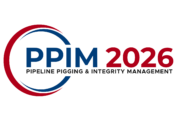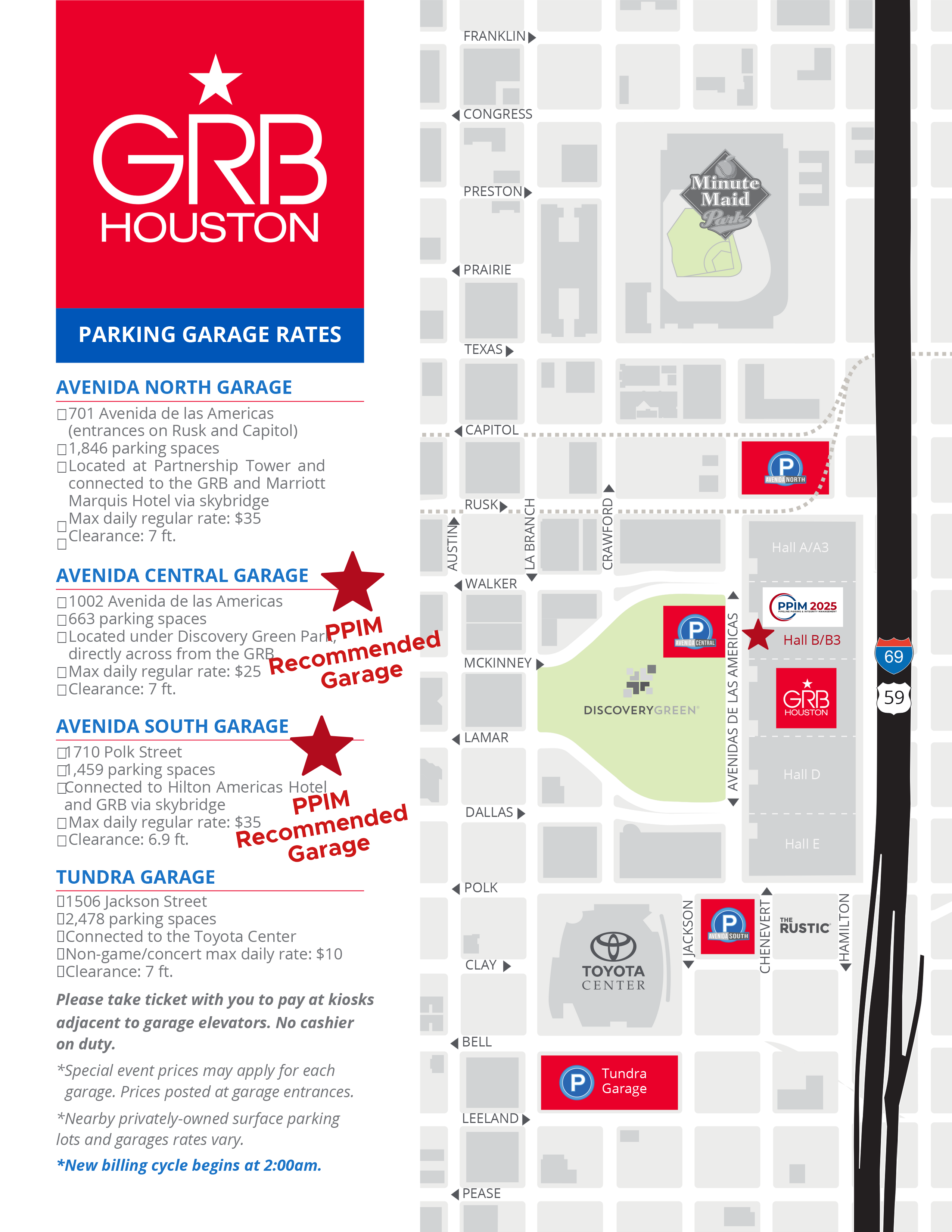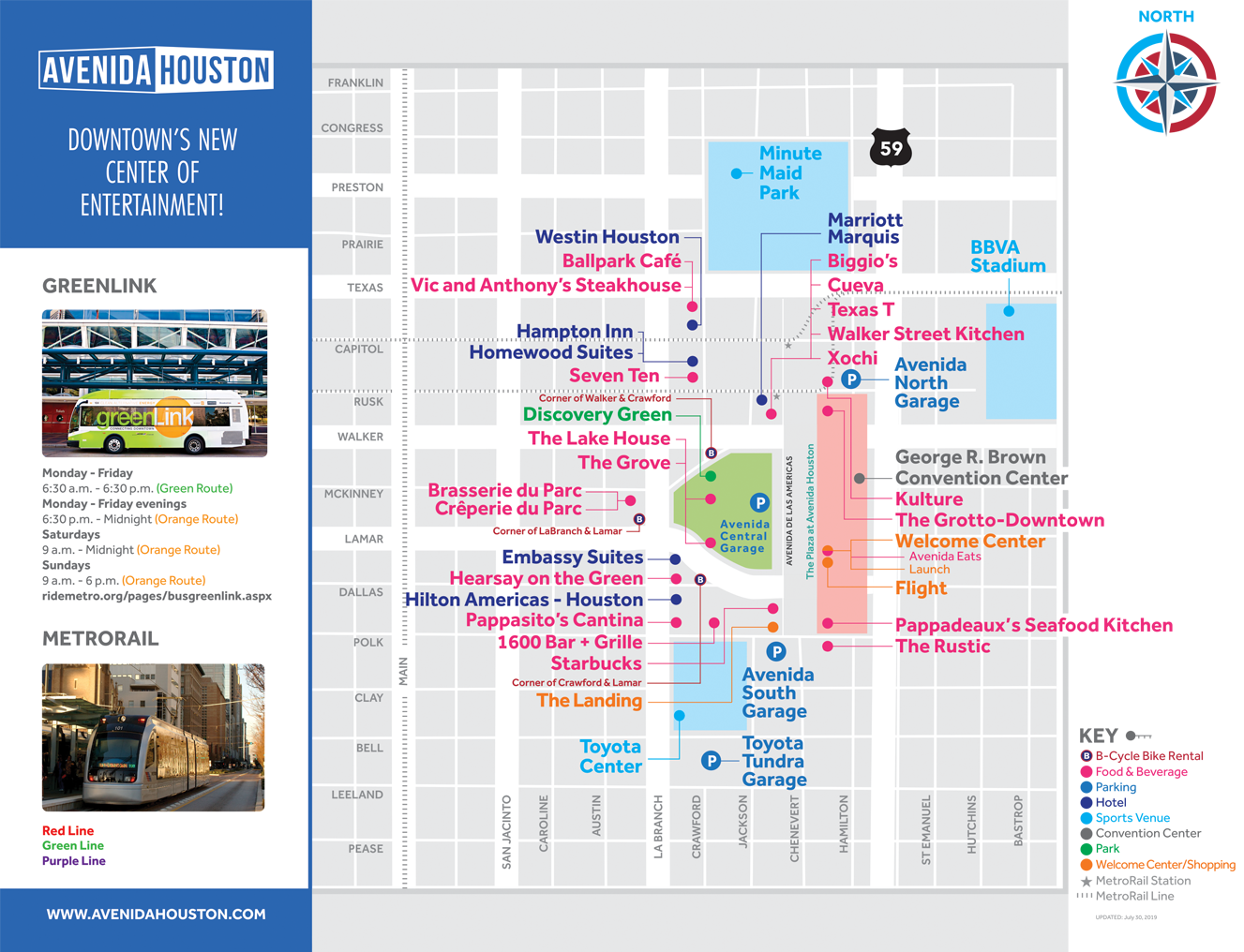COURSE SCHEDULE (both days)
7.30: Registration, breakfast, coffee
8.00 – 5.00: Course
It will be necessary to bring a laptop to this course.
This course is designed for pipeline personnel in engineering, integrity management, operations, and regulatory compliance roles. This course will cover a wide range of topics related to hydrostatic testing of pipelines for gas and hazardous liquid service for both in-service and new construction according to CFR 49 Parts 192 and 195.
COURSE OBJECTIVES
To provide attendees with necessary information for planning and conducting a successful hydrostatic test, whether it’s for initial service or retesting existing lines. Planning will cover review of integrity prior to testing through evaluation of test results. The course will focus on testing with water but testing with other medium will be discussed.
CONTINUING EDUCATION UNITS
On completion of the course, participants will be awarded 1.4 CEUs.
WHO SHOULD ATTEND
The course is intended to cover the technical aspects of planning and conducting a hydrotest. It is designed for engineers, project managers, integrity management, and operation personnel to prepare for testing. The following topics will be covered:
- Pipeline integrity review
- Water source identification, disposal, and permitting
- Leak detection
- Risk assessment and contingency planning
- Calculations for test pressures according to 49 CFR 195
- Assessment of test results, including methods of analyzing pressure discrepancies
- Test scheduling
- Documentation for regulatory review
INSTRUCTOR
Gary Zunkel, PE, is an independent consultant specializing in pipeline integrity, based in Ames, IA. Prior to establishing his consultancy, he was Senior Engineer of Pipeline Integrity with BlueFin in New Iberia, LA. He has been involved in the oil and gas industry for over 30 years with the last 10 years focusing on pipeline integrity management. He has been involved with over 200 pipeline tests; planning, managing, executing, and reviewing. In recent years, he has planned and conducted multiple, simultaneous tests on large diameter in-service pipelines for integrity verification.
SYLLABUS
1. Establishing Test Requirements
- Purpose of the test
- Evaluate integrity of the pipeline
- Confirm integrity program
- Establishing pressure requirements
- Federal regulatory requirements
- Liquid – 49 CFR 195
- Gas – 49 – CFR 192
- Pressure parameters based upon MOP/MAOP requirements
- Strength Test
- Leak Test
- Spike Test
- Federal regulatory requirements
- Segment Isolation
- Headers & End Caps
- Valves
- Gel Isolation
2. Conducting a Safe Test
- Risks of potential energy
- Compressed gas
- Compressed liquid
- Protecting the public
- Managing test safety
- Immediate area
- Equipment
- Communication prior to and during a test
3. Preliminary planning
- Pipeline evaluation
- Historical records evaluation
- Repairs
- Previous test records
- Integrity records
- Historical records evaluation
- Equipment pressure ratings
- Elevation profile
- Water sources
- Water crossings
- Exposed pipe
4. Test Schedule
- Preliminary Scheduling
- Water source & landing
- Outage
- Permitting
- Pipeline rehabilitation
- Notifications
- Test Setup
- Site preparation
- Line Isolation
- Line fill
- Test Sequence
- Stabilization
- Pressurization
- Test time
- Depressurization
- Water movement & discharge
- Restoring a line to service
5. Water as a test medium
- Source
- Permits
- Volumes
- setup
- Discharge
- Permits
- Treatment
- Volume requirements and calculations
6. Other test medium
- Liquid hydrocarbon
- Natural gas
- Nitrogen
- Air
- Applications
- Requirements
- Changes in test planning
- Instrumentation
7. Leak Detection
- Dye
- Gas
- Acoustic pressure
- Section isolation
- Valves
- Freeze plugs
- Test headers/caps
8. Test Documentation
- Graphs
- Calibration certificates
- Drawings
- Elevation profile
- Test procedure
- Summary of results
- Explanation/calculations of pressure changes
- Test pressure interpretation
- Temperature effects on pressure
- Air entrapment
- Examples of test results and interpretation
- Pressure Volume (PV) Plot
- Creation of a PV Plot
- Offset Line
- Interpretation of a PV Plot
- Test log
- OQ documentation
- Historical records evaluation
- Repairs
- Previous test records
- Historical records evaluation
9. Managing water movement
- Fill rate
- Purging prior to line fill
- Dewatering
- Product
- Air
- Drying
- Explanation of terminology
- Penetration depth
- Dew point and temperature
- Explanation of terminology
- Air lock
- Contamination
- Contingency
- Drain up calculations
- Refill/Retest planning
- Discharge
- Rates
- Discharge structure
- Treatment of contaminated product
- Pigging
- Types
- Multiple pigs in the line
- Launching receiving
- Bypassing a station
- Tracking
10. Instrumentation
- Types – Pressure & Temperature
- Bourdon Tube (Pressure & Temperature)
- Bi-metallic (Temperature)
- Resistance Temperature Detector (RTD)
- Quartz electronic
- Accuracy vs. Repeatability
- Calibration
- Pressure measurement
- Deadweight – Mechanical/Electronic
- Gauges
- Recorders
- Temperature
- Thermometer
- Recorders
- Quantity
- Placement
- Type
- Volume measurement
- Stroke counter
- Flow meter
11. Data Interpretation & calculations
- Pipeline evaluation
- Historical records evaluation
- Repairs
- Previous test records
- Historical records evaluation
12. Test Failure
- Rupture
- Leak
- Pressure reversal
- Equipment failure
- Location of failure
- Repairs
- Retesting
13. Contingency Planning
- Repair materials
- Sleeves
- Replacement Pipe
- Stopples
- Emergency Response
- Public relations
- Notifications
- Cleanup and remediation
- Retesting
- Venting & refill



